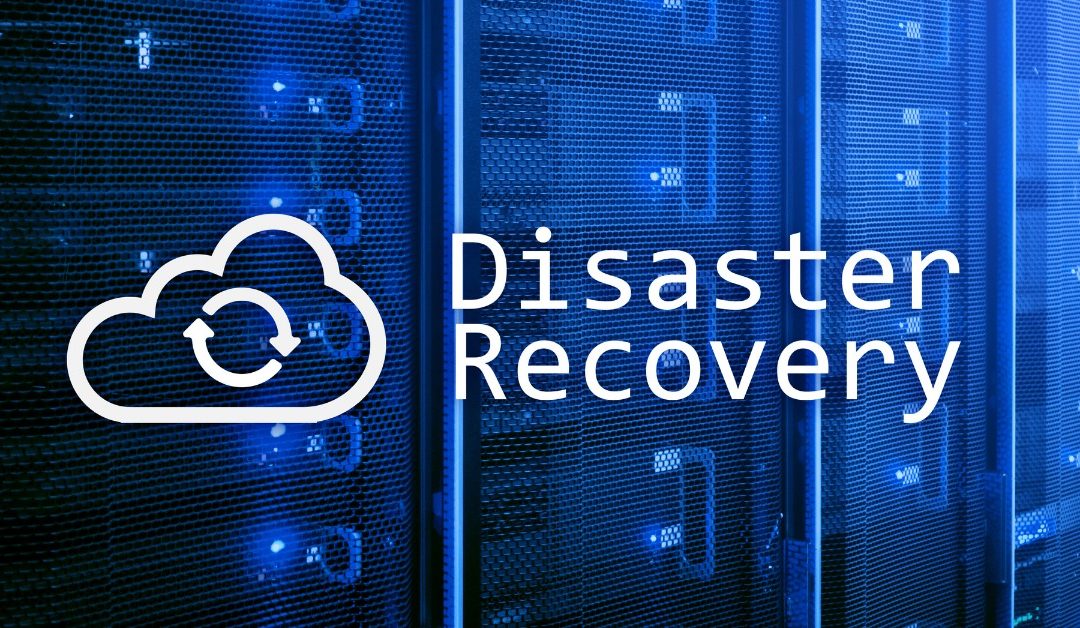It is no secret that a good disaster recovery plan for a data center means the difference between maintaining data availability or dealing with system downtime. Between power outages, natural disasters, and pandemics, there are many ways to seriously disrupt networks. However, a well thought-out data center disaster recovery plan allows facilities to be ready for almost anything. According to Gartner, the average cost of IT downtime is $5,600 per minute and as much as $300,000 per hour on average.
Disaster Recovery Means Preparing for Anything
The first step in planning is to look at what could happen. While data and technology infrastructure develops organically as a business grows, it’s important to always consider what could happen and how the facility can be ready for it. In general, there are five primary causes of disasters in the IT environment.
1. Hardware Failure and Software Problems
The most common cause of an IT disaster is hardware failure. While hardware is more durable than ever before, it still has a lifespan. A simple manufacturing defect could mean significant downtime. Regular routine maintenance is vital, but all hardware will eventually fail. An easy way to combat this issue is to include multiple redundancies into hardware inventory. That way if a piece of hardware fails, it can be quickly replaced.
Even the best software will have its issues. If it is not properly patched or updated, it leaves data open to hackers. Including regular patches and updates is an easy way to prevent software problems.
2. Power Outages
In short, power outages disrupt everything. It interrupts business operations, can cause damage to hardware when it comes back on, and more. It’s a common and easily planned for disaster. If the main power system is down, it is important to have a redundant backup system that will automatically kick in.
3. User Error
Unfortunately, user error is one of the leading causes of IT disasters. These types of errors can be unintentionally downloading a virus, an incorrect keystroke, or even a botched configuration. When creating a disaster recovery plan, ensure there are protocols that a simple typo won’t crash the network.
4. Natural Disasters and Disaster Recovery
Things that cannot be controlled such as catastrophes such as floods, earthquakes, fire accidents, and pandemics directly impact business. Although this elements cannot be controlled, they can be planned for. For weather and seismic activity, utilizing offsite backups and extra redundancies can significantly minimize the chance of a catastrophic loss.
With COVID-19, the need to plan for the “people resource” became apparent. Planning for crisis management and communication platforms for remote work is necessary. Ensuring that the right people with the right skills are available and healthy has to be a priority. Alternate contacts in the event of a health crisis ensures that there is no downtime and that operations inside the data center will continue.
It is clear that there are many causes of a disaster, but data centers can be prepared to handle any situation with an effective disaster recovery plan. Get input from management, IT support, and other staff members to make sure every aspect and possibility is planned for. Careful planning and flexibility means that if something does go wrong, there’s already a plan for it.
See how 165 Halsey can help with your disaster recovery plan and contact us today.

